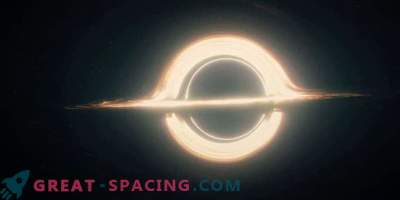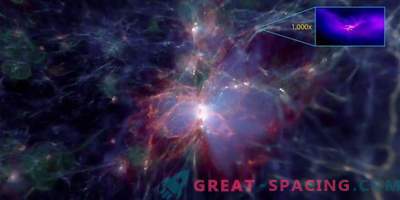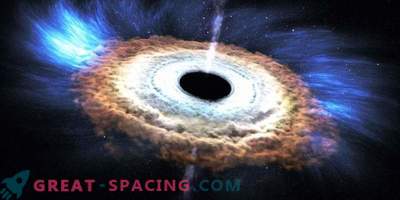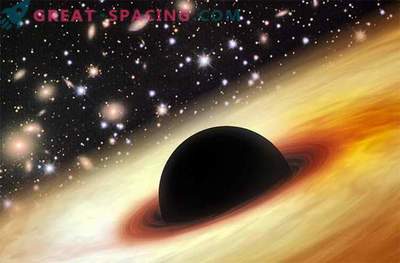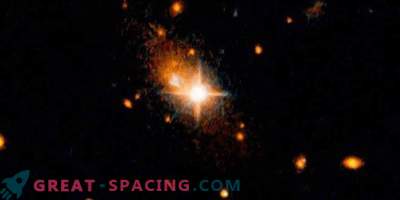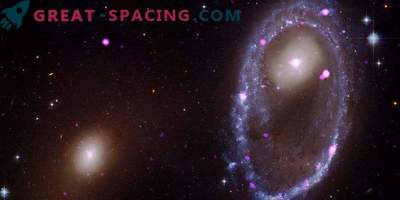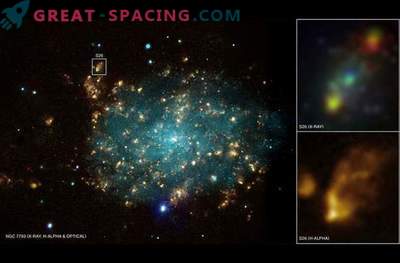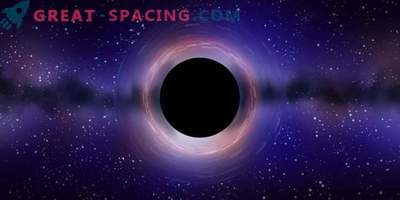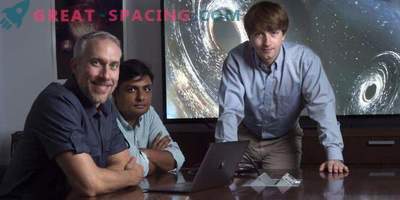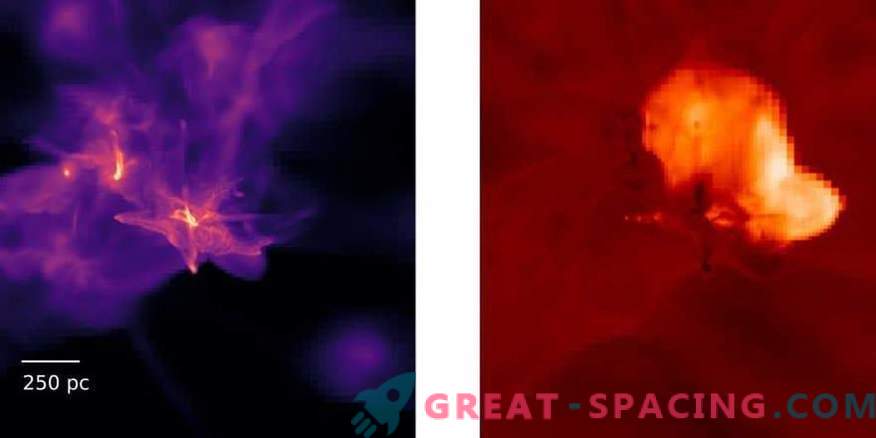
The image from the DCBH simulation shows the density (left) and temperature (right) of an early galaxy. Supernovae shock waves can be seen expanding from the center, which is why the galaxy collapses and heats up.
Black holes are formed in the process of death of a star, which allows matter to roll into an extremely dense object, from which even the light cannot escape. Scientists believe that massive black holes can be created at the birth of a galaxy, but no one has been able to look into the distant past to observe the conditions for direct collapsing black holes (DCBH).
The James Webb space telescope, scheduled for launch in 2021, will have the opportunity to look into the early Universe to view a galaxy with a nascent massive black hole. Now we have a simulation created by researchers from the Georgia Institute of Technology. It shows what to look for in future DCBH reviews.
The first such simulation assumes that the formation of such black holes will be accompanied by special types of intense radiation, including X-rays and UV rays, shifting towards the IR light when approaching the telescope. It was also surprising that black holes could create giant stars free from metals. At the center of many large galaxies are supermassive black holes, the process of formation and growth of which could not be observed. Therefore, an assumption has arisen that they could have appeared at galactic birth. Then the formation of DCBH would be initiated by the collapse of a large gas cloud during the early creation of the galaxy. But it is important to understand what exactly to look for in the spectra with the help of the future telescope.
The creation of a black hole can take a million years. The Stampede supercomputer allowed to run a simulation focusing on the effects of DCBH formation. Modeling was based on the first physical principles, such as gravity, radiation and hydrodynamics.
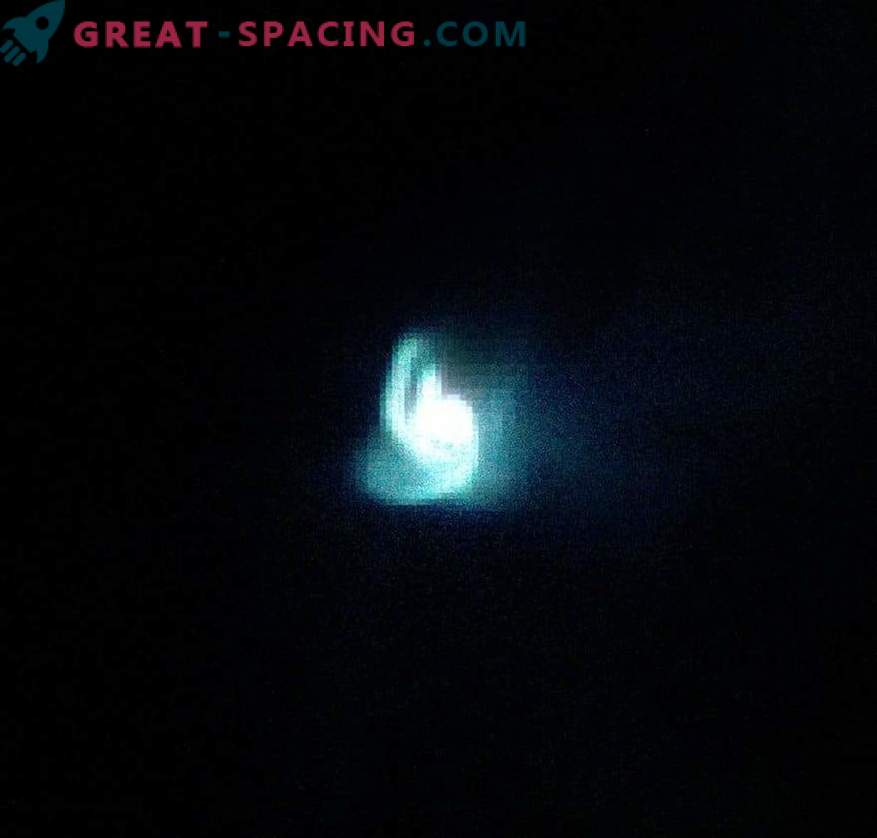
A simulated image with UV radiation demonstrates how heated gas spirals into a central black hole
If a galaxy is first formed, and then a black hole in the center, then one type of signature should appear. But what if the black hole comes first? Scientists wanted to know whether to expect any other physical differences. The simulation derived information about density and temperature to predict what exactly the telescope will see.
Black holes spend about a million years to form. In the DCBH simulation, the first step involves the collapse of gas into a supermassive star (100,000 times more massive than the Sun). The star then undergoes gravitational instability and collapses into itself, creating a massive black hole. Black hole radiation triggers star formation over a 500,000-year period. Stars of the first generation seem to be more massive, since they live much less. In the first 5-6 million years, they explode as supernovae. After that, the black hole calms down, which leads to a confrontation between the EM rays and its own gravity. These cycles cover another 20-30 million years.
Black holes are common in space, so scientists hope that a sufficient number of images will allow you to catch one of these types. Thus, it will be possible to understand more deeply in the process of galactic evolution.
Researchers were surprised by the formation of stars around DCBH, but in retrospect this seems logical. The created ionization will lead to photochemical reactions capable of triggering stellar birth. This is one of the big universal riddles, so the researchers hope that their work will lead to long-awaited answers.

